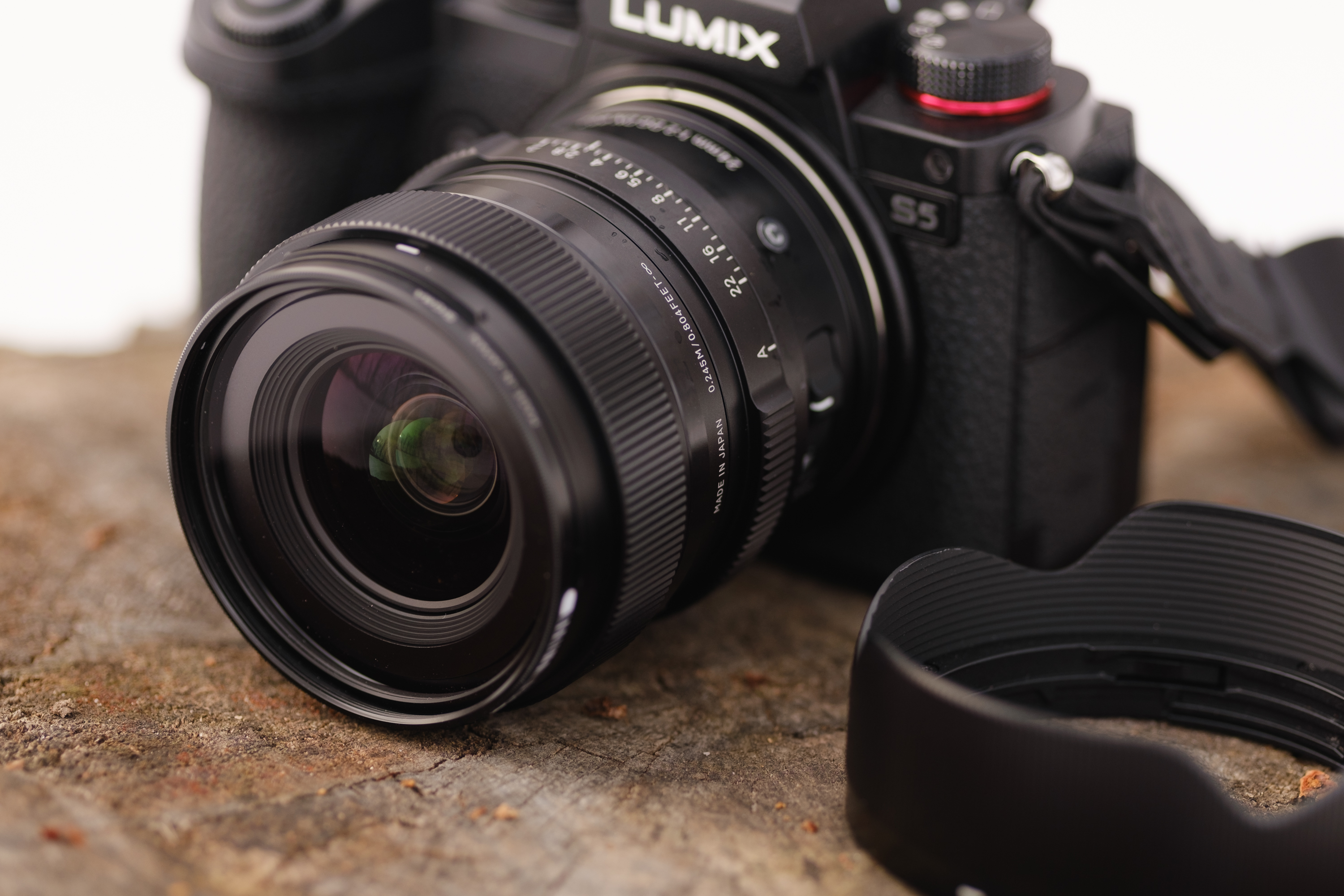Sigma is a third-party company known for lenses that tend to be a bit more budget-friendly than larger names. But, that’s not exactly the case with the I series: a set of metal prime lenses designed to be more high-end than budget. The Sigma 24mm f2 DG DN Contemporary is one of those lenses.
You can view this article and much more with minimal banner ads in our brand new app for iOS, iPadOS, and Android. And for $24.99/year, you can have a banner ad-free experience.
Pulling this lens out of the box, I was immediately impressed. Metal lenses, particularly those with a dedicated aperture ring, are my favorite optics to use. But, luxury builds don’t always translate to luxury photos. I spent two weeks with the Sigma 24mm f2. I’m drawn to the metal build and the almost non-existent barrel distortion, but there are a few quirks to contend with.
Table of Contents
Too Long, Didn’t Read
If barrel distortion bothers you, the Sigma 24mm f2 DG DN is a good choice. It has softer, dream-like images at f2, but sharpens up quickly. The metal build feels great, but it isn’t completely weather-sealed.
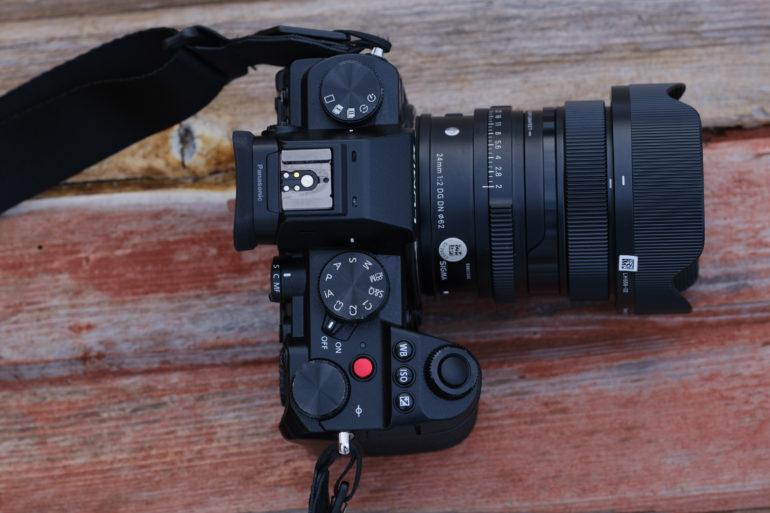
Pros and Cons
Pros
- Beautiful metal build
- Dedicated aperture ring
- Excellent reduction of barrel distortion
- Dreamlike character at f2
- Well-controlled flare and aberration
- Fun to shoot with
Cons
- Weather-sealing is only at the mount
- Not super sharp wide open
- Not as competitively priced as I’d like
Gear Used
The lens with the DN in the name is Sigma’s mirrorless version. I tested the L-Mount lens on the Panasonic S5 body.
This review unit was provided by LensRentals.
Innovations
The Sigma 24mm f2 DG DN is part of Sigma’s I series, which offers an all-metal barrel construction. While metal autofocus lenses aren’t hard to find, it’s a bit more unusual to find them from third-party companies. It’s going to be a welcome option for L-Mount shooters as it offers a metal design without the high price of Leica glass.
Tech Specs
LensRentals provides the following specifications for the 24mm f2 DG DN Contemporary:
| “F” Low-Dispersion Elements | 1 |
| Angle of View | 84.1° |
| Aperture Blades | 9, Rounded |
| Aspherical Elements | 2 |
| Autofocus | Autofocus |
| Brand | Sigma |
| Compatibility | Full Frame |
| Diameter | 2.8″ |
| Filter Size | 62.0mm |
| Focal Length | 24.0-24.0 |
| Groups/Elements | 11/13 |
| Hood Included | Yes |
| Image Stabilization | No |
| Item Type | Lens |
| Length | 2.8″ |
| Lens Type | Wide Angle and Wide Angle |
| Max Aperture | 22.0 |
| Maximum Magnification | 7.7x |
| Mfr. Model Number | 403969 |
| Minimum Aperture | 22.0 |
| Minimum Focusing Distance | 0.8’ |
| Mount | L Mount |
| Special Low-Dispersion Elements | 2 |
| Weight | 0.8 lb. |
Ergonomics
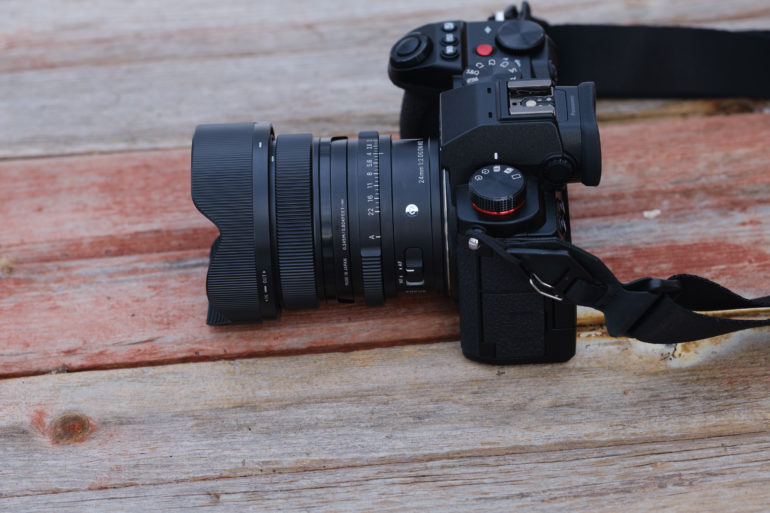
The Sigma 24mm f2 DG DN is a metal barrel lens with a dedicated aperture ring. While the lens is metal and a relatively bright wide-angle, it’s not terribly heavy. It weighs under 13 ounces and feels well balanced on the Panasonic S5. The lens will take up about a 2.8-inch slot in the camera bag.
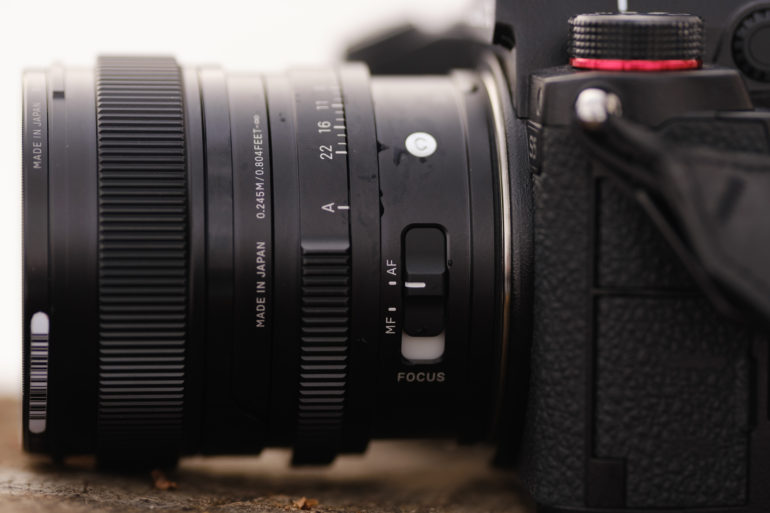
Starting at the lens mount, the first control that you will see is an auto to manual focus switch. The switch has a white patch when in autofocus mode, which made it a little bit easier to see where the switch was in the dark when I photographed the stars.
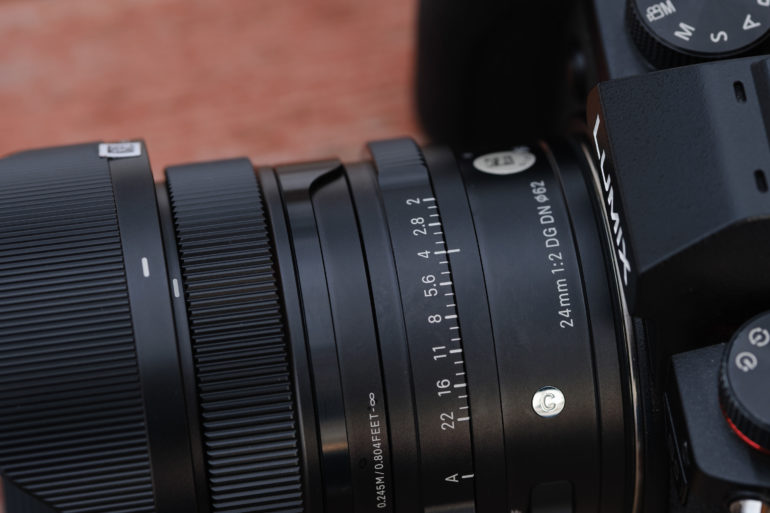
Moving towards the front of the lens, the barrel next houses a clicky aperture ring. It’s nicely labeled from f2 to f22, with an A spot to shoot in aperture priority. The areas of the aperture ring that don’t house a label have a nice deep textured groove that’s easy to grab and turn.
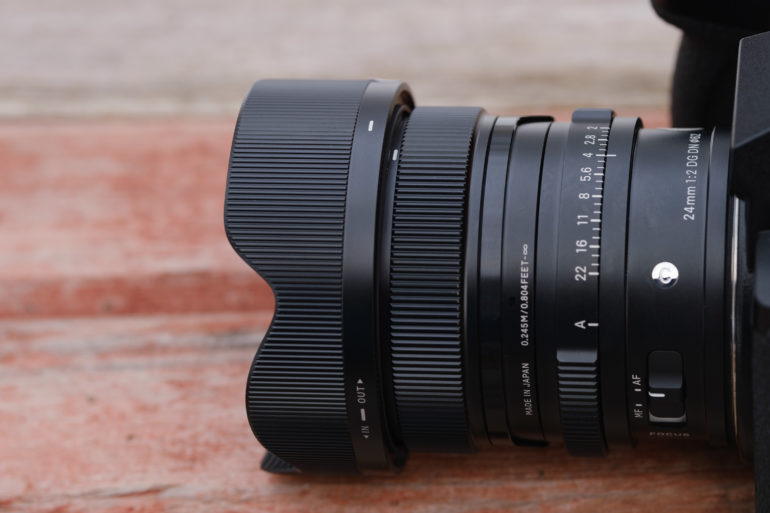
The focus ring sits towards the front of the lens. The ring turns smoothly and at an ideal pace — not too fast, not too slow. I found it easy to find the sweet spot to shoot astrophotography in manual focus.
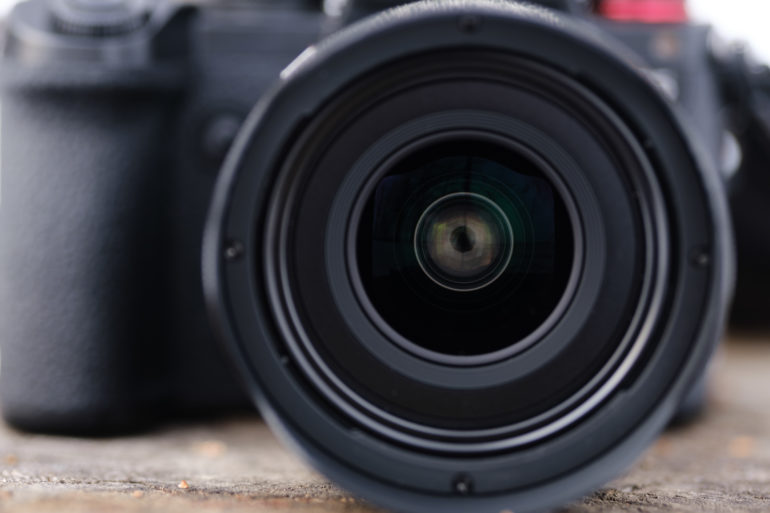
The front of the lens, which takes 62mm filters, isn’t all glass like some of the wider aperture and wider angle lenses. There’s an edge around the front glass. The lens includes a petal-shaped hood, which is also metal and has rows of ridges etched in for texture and grip. It also ships with a magnetic lens cap. (I can’t vouch for the magnetic cap, since my rental lens arrived with a standard plastic cap.)
Build Quality
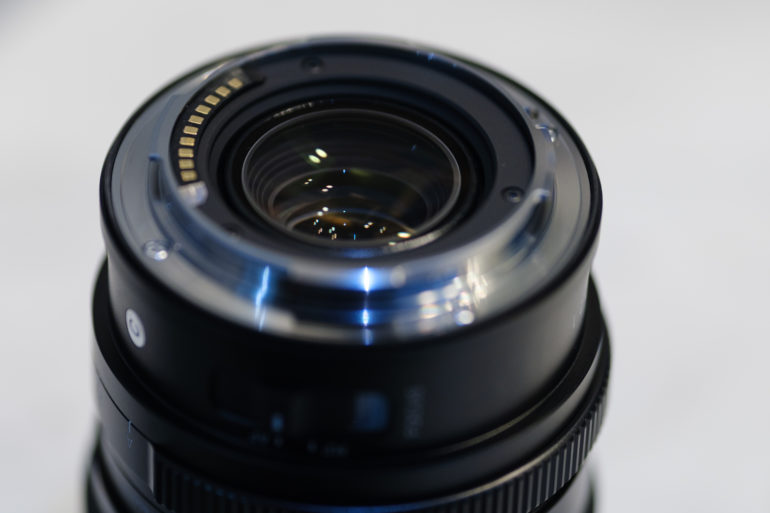
The Sigma 24mm f2 makes my hands happy. My favorite lenses have metal barrels and a dedicated aperture ring and that’s exactly what this is. It feels great in the hands and appears a bit more durable than Sigma’s plastic bodies.
As beautiful as the lens is, weather-sealing is only provided at the mount. That does help keep the image sensor clean — I didn’t spot any additional sensor dust collecting on the S5 using this lens. But, the lens itself doesn’t have other seals. Photographers will likely want additional protection when shooting in rain or dusty wind to keep the elements from getting trapped under the lens rings or to prevent moisture within the lens. It’s disappointing, though Sigma isn’t the only one to create metal lenses that aren’t fully weather-sealed.
Autofocus

The 24mm uses a stepping motor for autofocus. It’s capable of focusing on subjects as close as 9.7 inches from the front of the lens.
I can’t really complain about the autofocus on the Sigma 24mm f2. It performed consistently with other lenses that I’ve used on the S5. I certainly didn’t notice any lag when out shooting landscapes. But, even when I turned it on my dog or toddler, it largely kept up until they were too close to the lens. We’ve noted before that Sigma lenses don’t always keep up, but with the wide-angle and on the body of the S5, I didn’t find any major issues.
Ease of Use
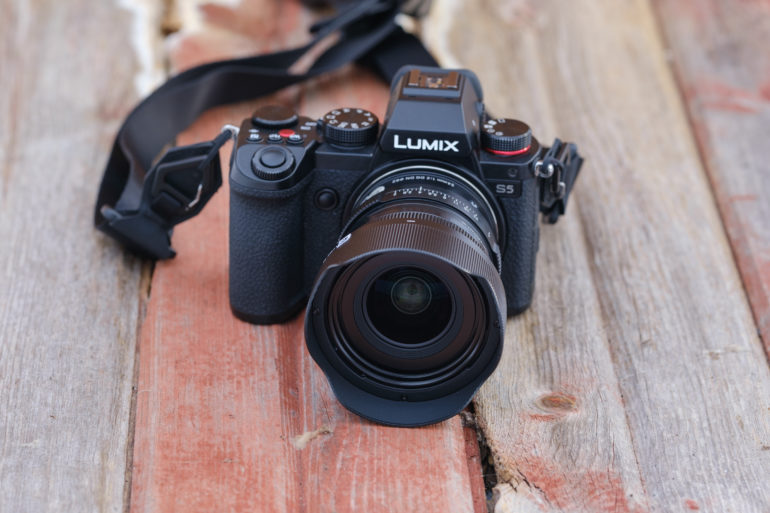
With a dedicated aperture ring, the Sigma 24mm f2 is a joy to use. I love controlling the aperture on the lens itself rather than the camera body. The aperture ring is labeled, so photographers familiar with manual settings will understand right away what it does. Beginners will need to learn how to put that lens ring in auto and take it back out again for manually adjusting the settings. Otherwise, it’s a pretty easy lens to jump into.
Image Quality
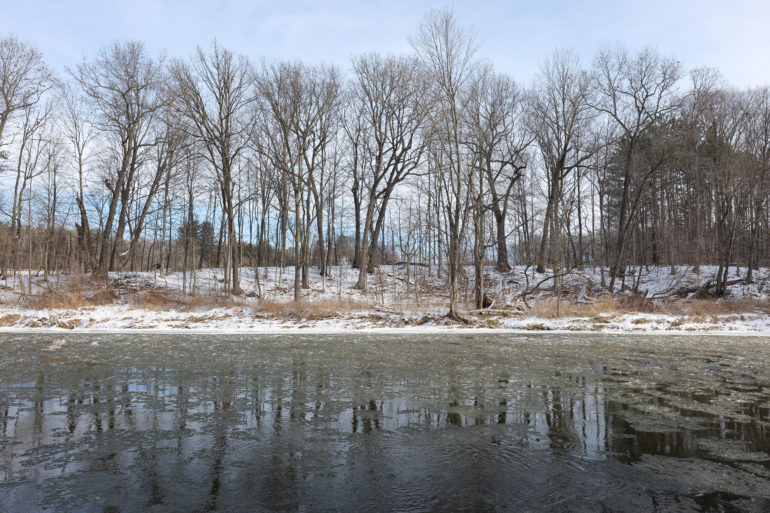
The Sigma 24mm f2 DG DN does a good job managing distortion that tends to plague wide angles — there’s little barrel distortion. Colors are solid here as well, but you’ll need to narrow the aperture a bit if you want perfect sharpness and minimal aberration.
Bokeh

A wide-angle f2 lens isn’t going to be a bokeh machine. But, the Sigma 24mm f2 does have a bit of background separation, especially when you get in close to the subject. Points of light create round bokeh at the center, then as per the rules of physics, cat eye towards the edges. The bokeh balls tend to have soft edges, and I didn’t spot any soap bubble effect either.
Sharpness
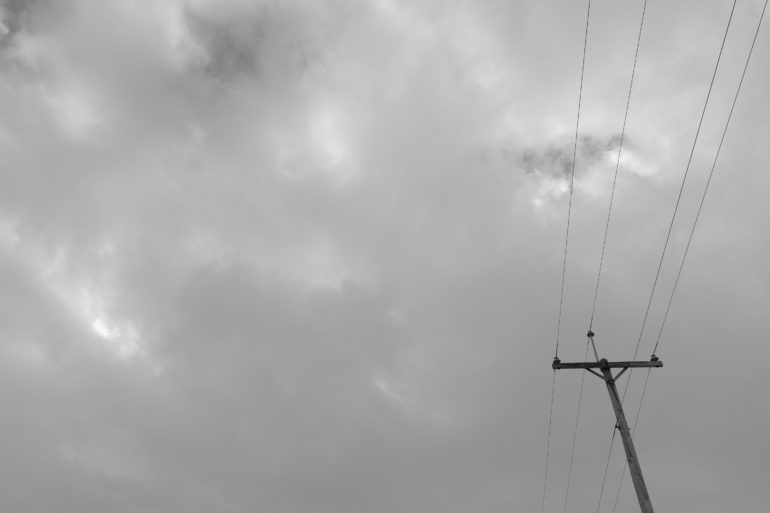
The Sigma 24mm f2 shouldn’t be used wide open if you want perfect sharpness. At f2, the sharpness falls off pretty quick. I could tell looking through the viewfinder that the full shot wasn’t going to be completely sharp. But, on the flipside, this does lend to some character. F2 has a bit of a dreamy feel to it, especially if you overexpose slightly.
F2.8 is great, with only a slight softness at the edges. If you want full detail on a subject placed at the edge, f4 is going to be the best place for the sharpest detail. With the subject towards the center, however, you can get away with those wider apertures.
This lack of sharpness wasn’t obvious in most real-world shots, and in fact probably helped add a dreamier background blur. Where this lack of sharpness was more noticeable was shooting the stars. The softer edges tend to smudge the stars that are on the edges, while the stars on the edges of my shots at f4 looked the same as the stars in the center. There’s just added grain by using a higher ISO to compensate. While the edge softness wasn’t terribly bothersome for most shots, I’ve seen sharper lenses wide open, especially Sony’s G-Master primes.
Lens Character
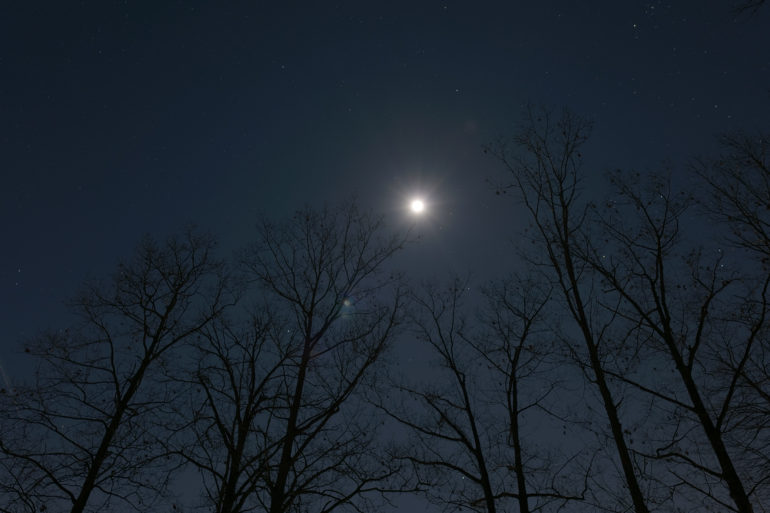
Sigma does a great job fighting distortion here. There’s a barely noticeable bend if you place a line just above the top or bottom of the frame. For the most part, you’ll be hard-pressed to find noticeable bending and bowing that are common with wide angles.
When I shot on a sunny day without the petal hood, I could get some circular spots of purple flare. But, it didn’t tend to wreak havoc on the colors. The full moon also created some flare shooting astrophotography. (Yes, I know that it’s better to shoot with no moon.) I captured some greenish circles created by the light of the moon.
At narrower apertures, I had a hard time finding chromatic aberration. Shooting wide open, there’s sometimes colored fringing towards the corners and edges. The lens also did pretty well fighting the types of aberration that bother astrophotographers. Stars on the edges look a little smudged at f2.8 because the edges aren’t perfect until towards f/4. But, at f4, it was difficult to find stars that had comet-like flare tails. There were just a few small stars that had a purple tint to them.
If you’re looking for a lens that fights distortion, flare, and aberration, then this Sigma does a good job as a sort of blank slate lens. You can add character with lighting and post-production. But, it’s not completely sterile. It’s not dripping with character, but it isn’t completely lacking it either. I could argue that the bit of edge softness adds character. At f2, the lens feels a bit like it’s covered in a slight dreamlike haze, where you can still get that super sharp image if you step down a bit.
Color Rendering

I don’t feel that this lens skewed colors one way or the other. The colors were pretty neutral and didn’t feel over or undersaturated. When flare was present, there wasn’t a huge loss in contrast. Except for that almost dreamlike f2, images had a good amount of contrast to them.
Extra Image Samples
From day one, The Phoblographer has been huge on transparency with our audience. Nothing from this review is sponsored. Further, lots of folks will post reviews and show lots of editing in the photos. The problem then becomes that anyone and everyone can do the same thing. They’re not showing what the lens can do. So we have a section in our Extra Image Samples area to show edited and unedited photos. From this, you can make a decision for yourself.
Edited
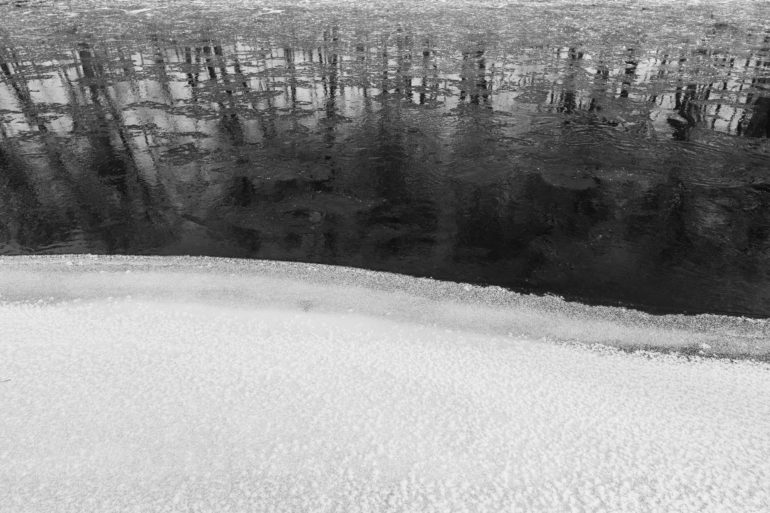
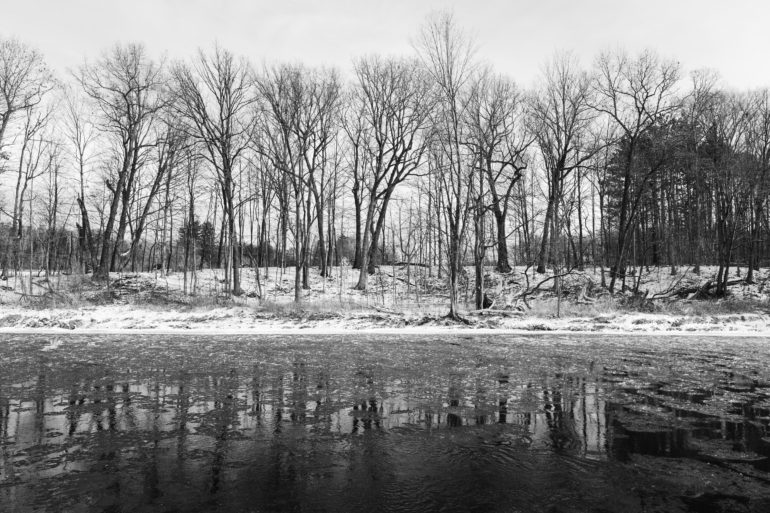
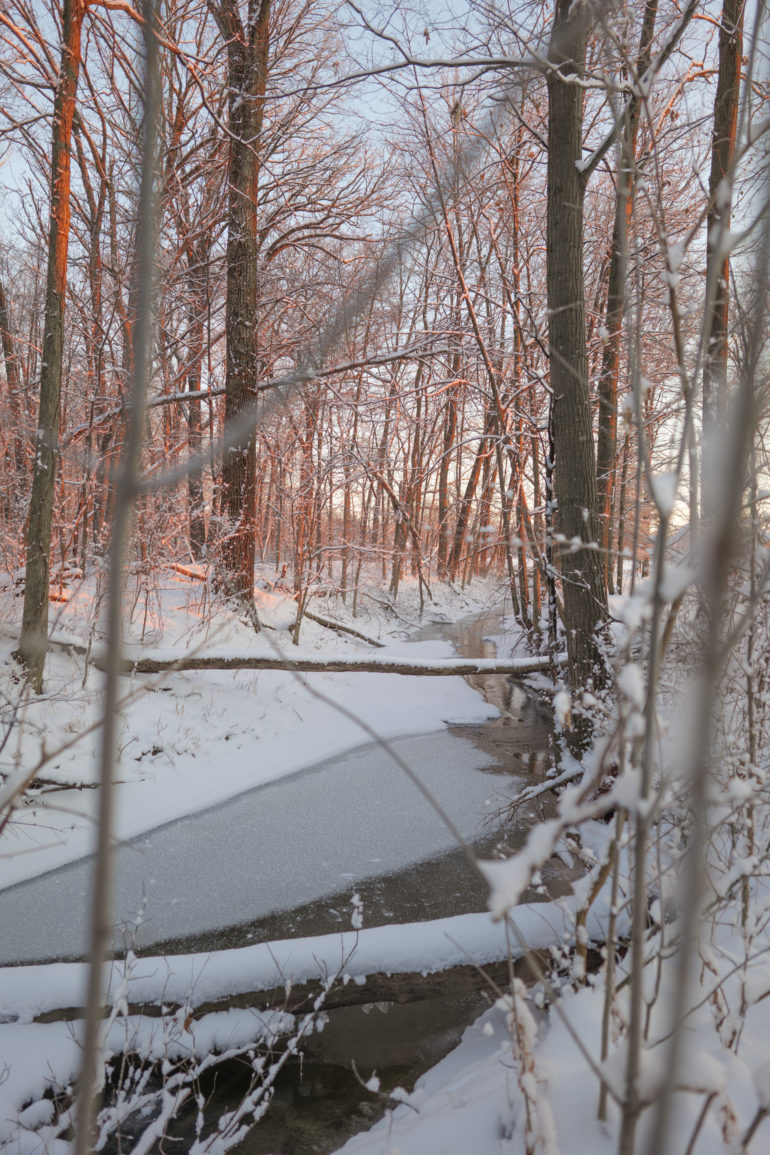









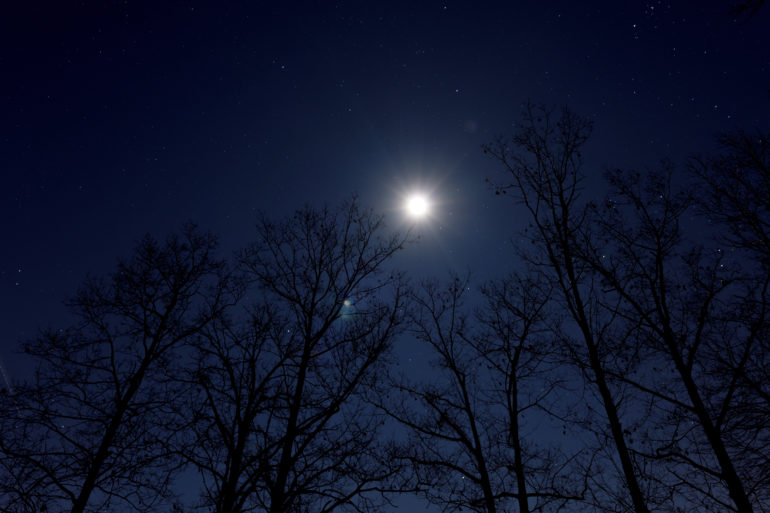
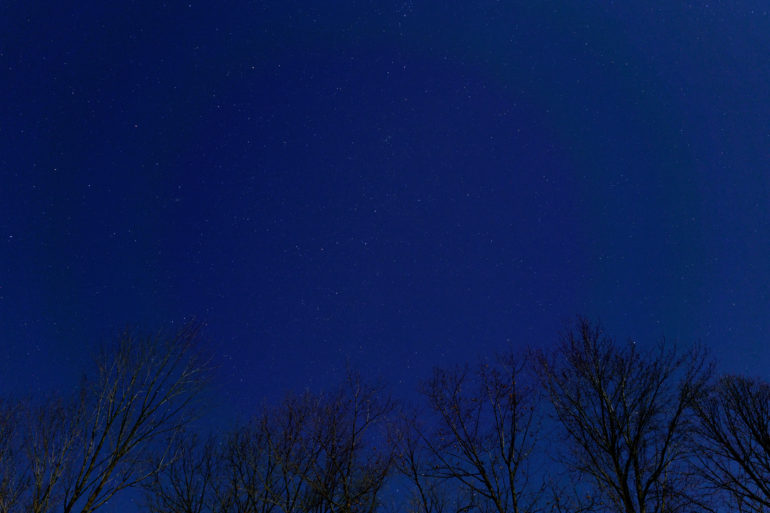
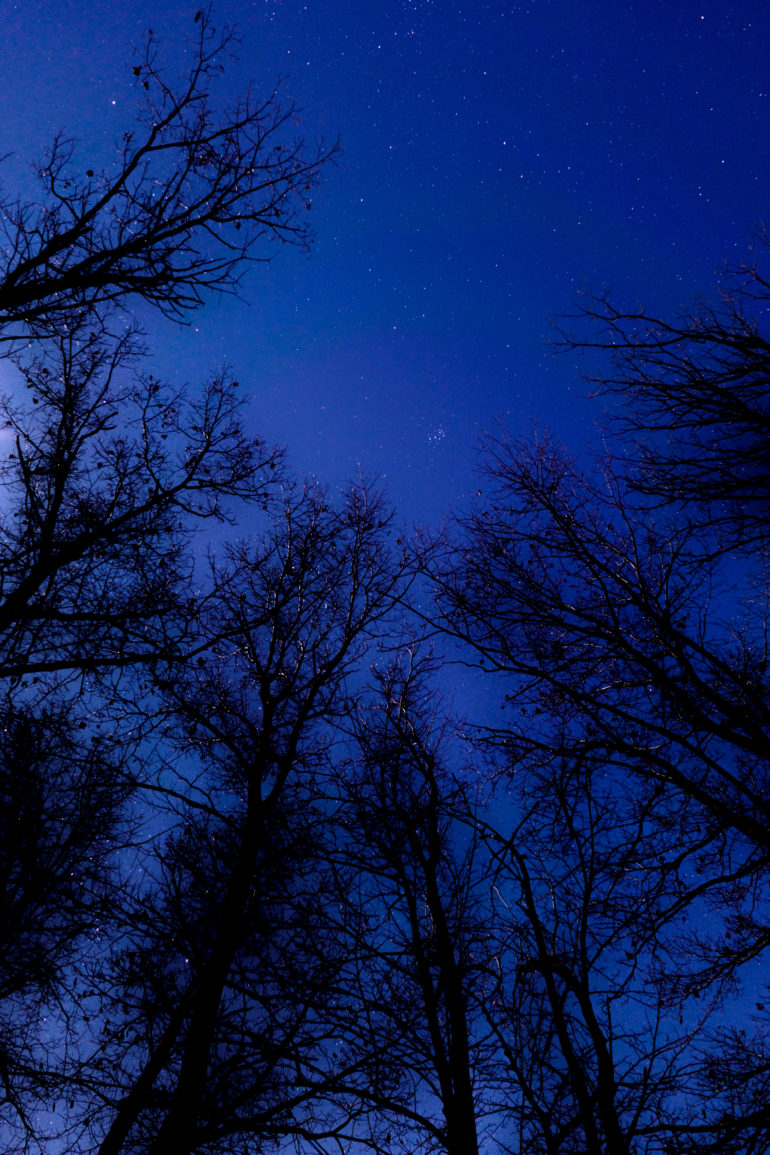
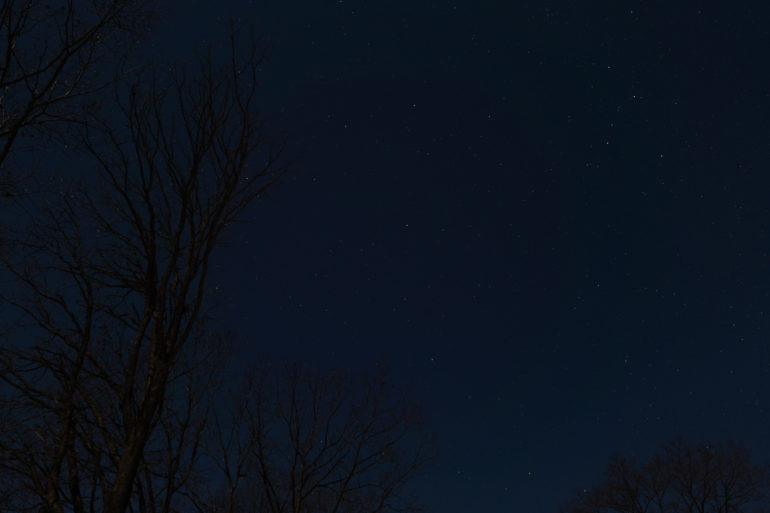
Unedited
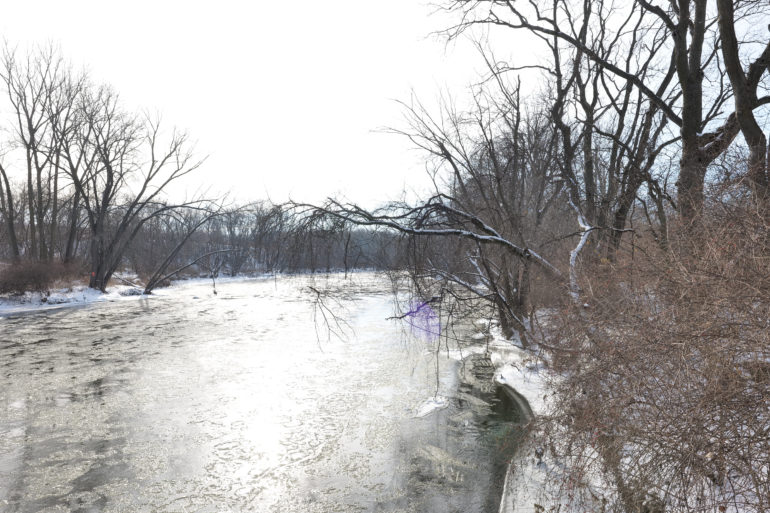



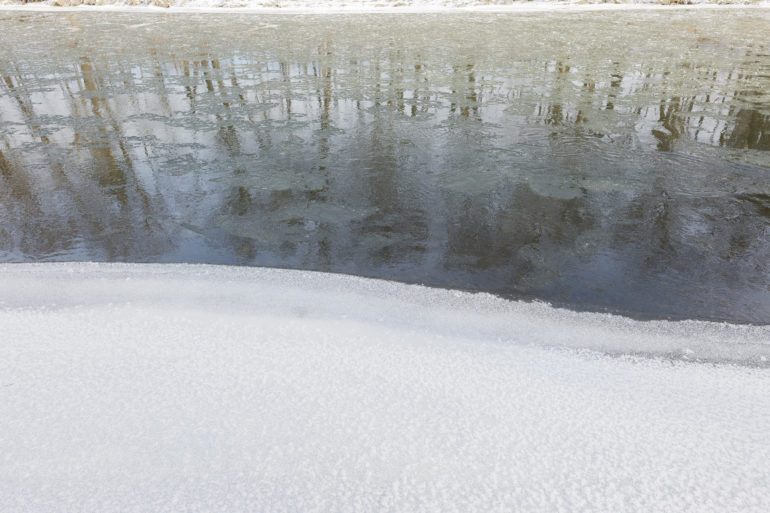


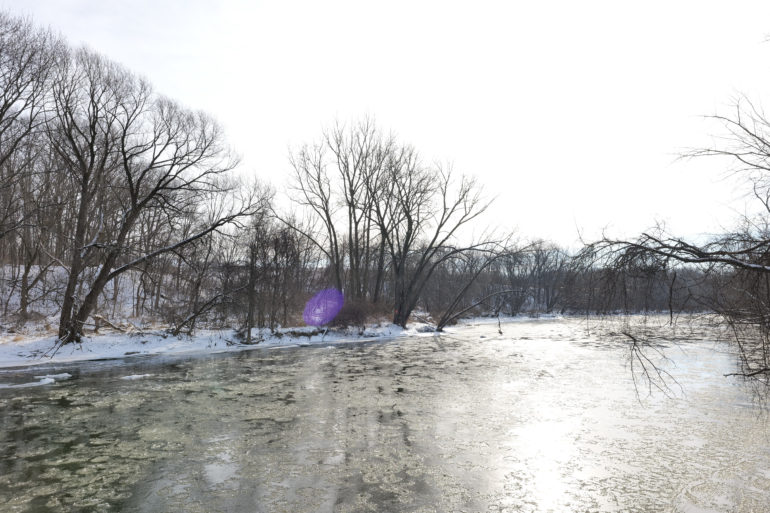

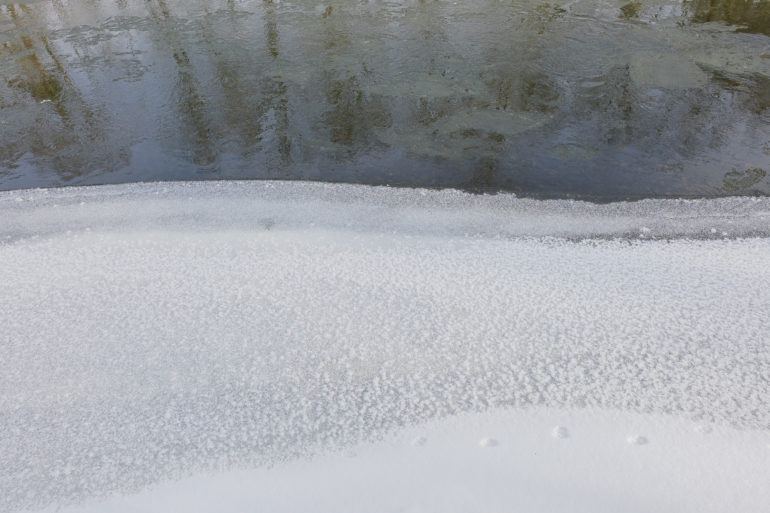




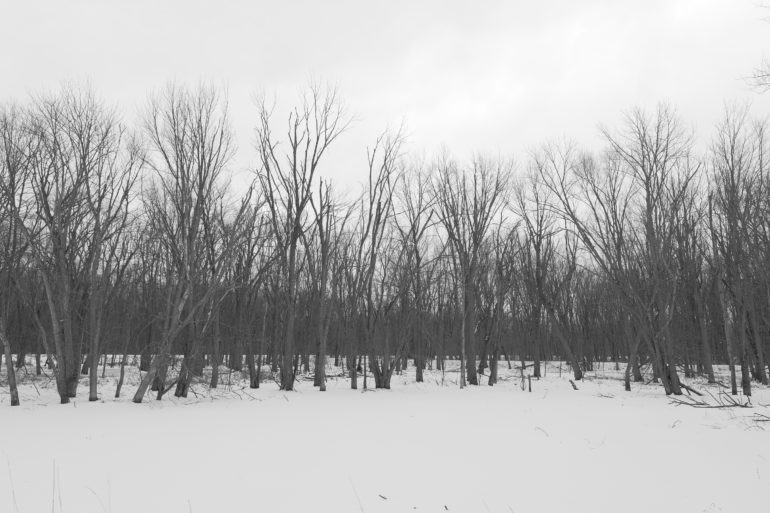
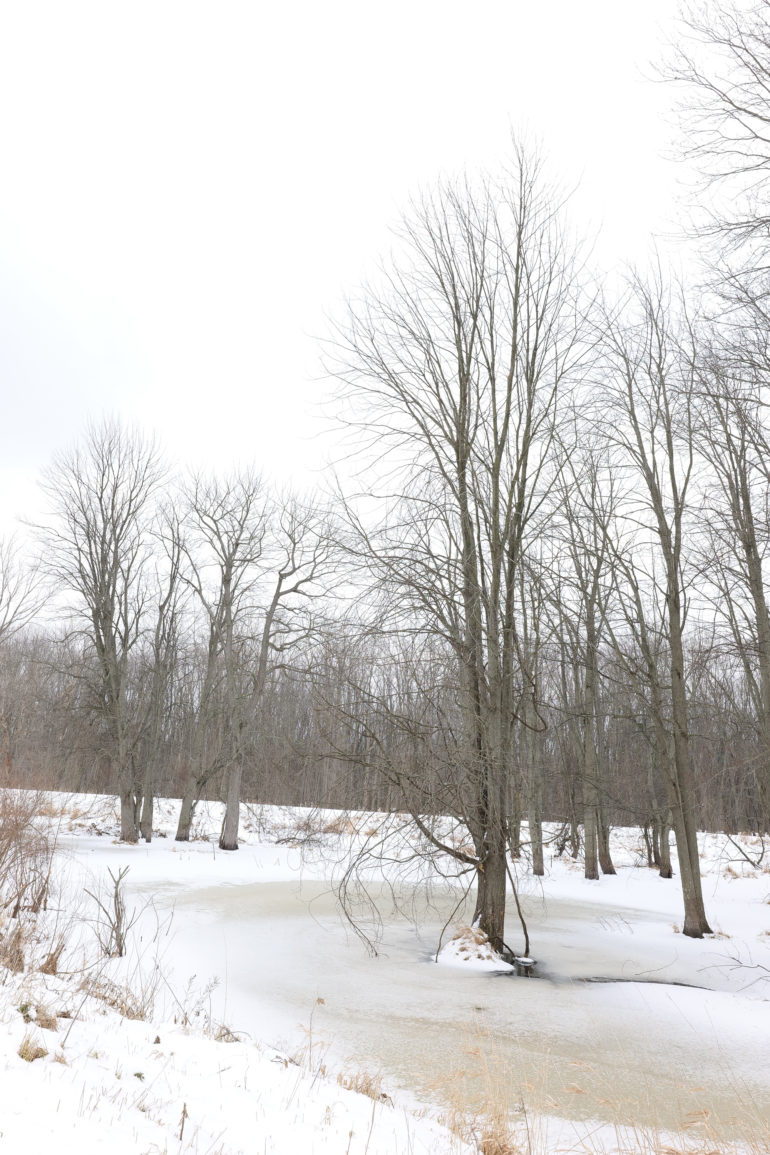
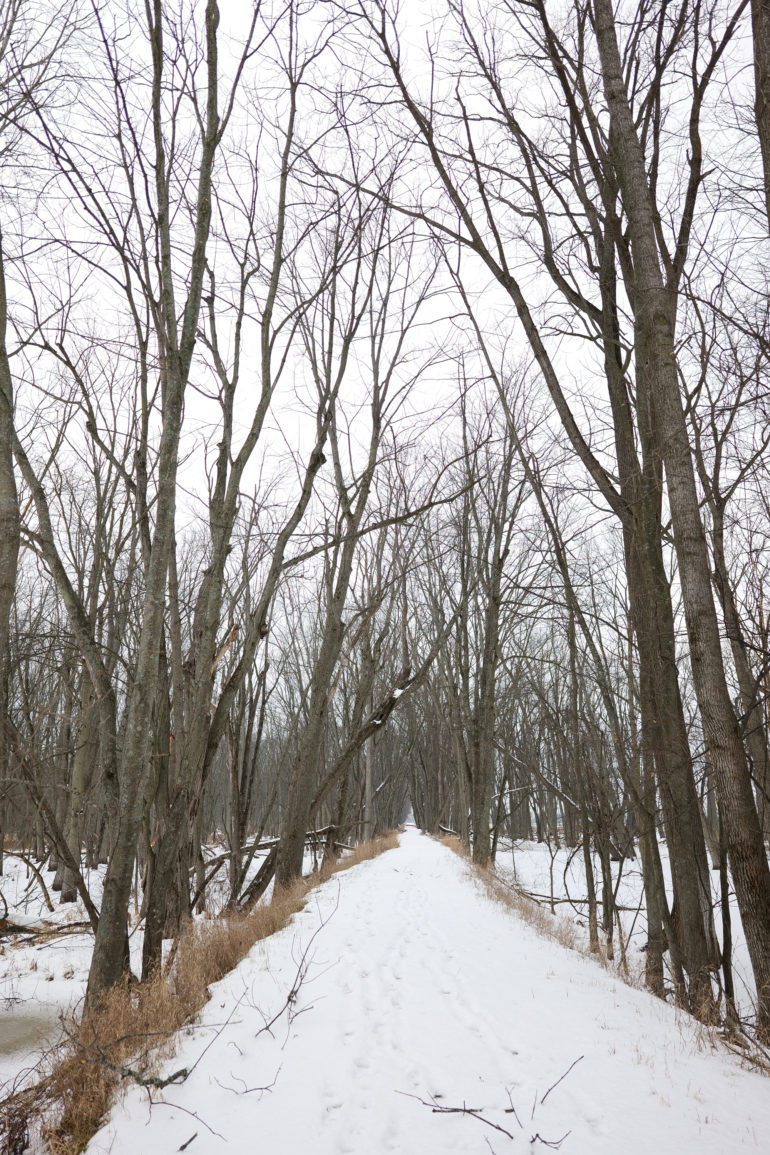

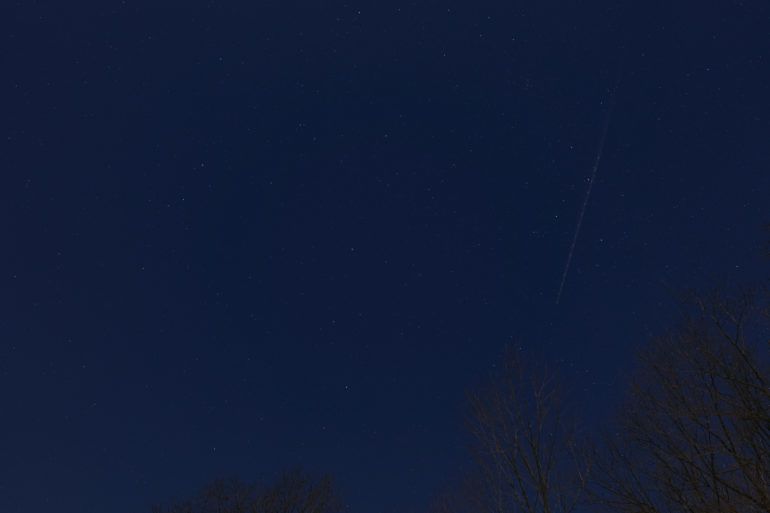
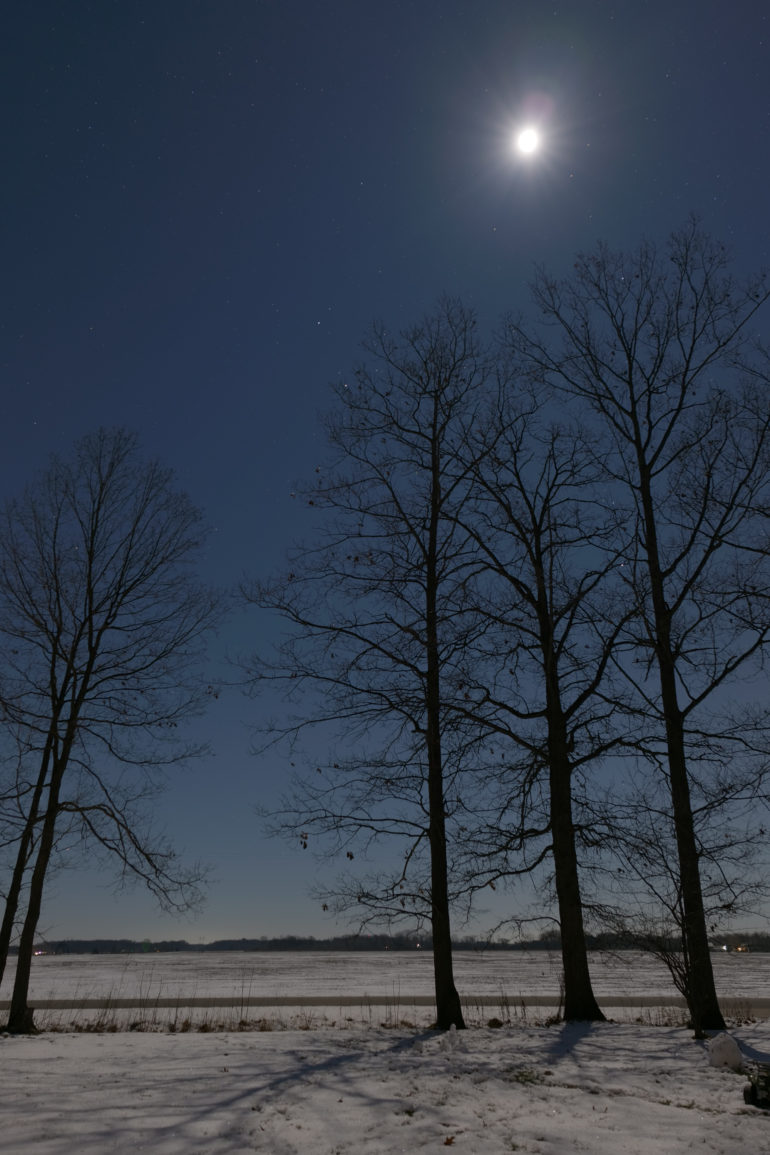
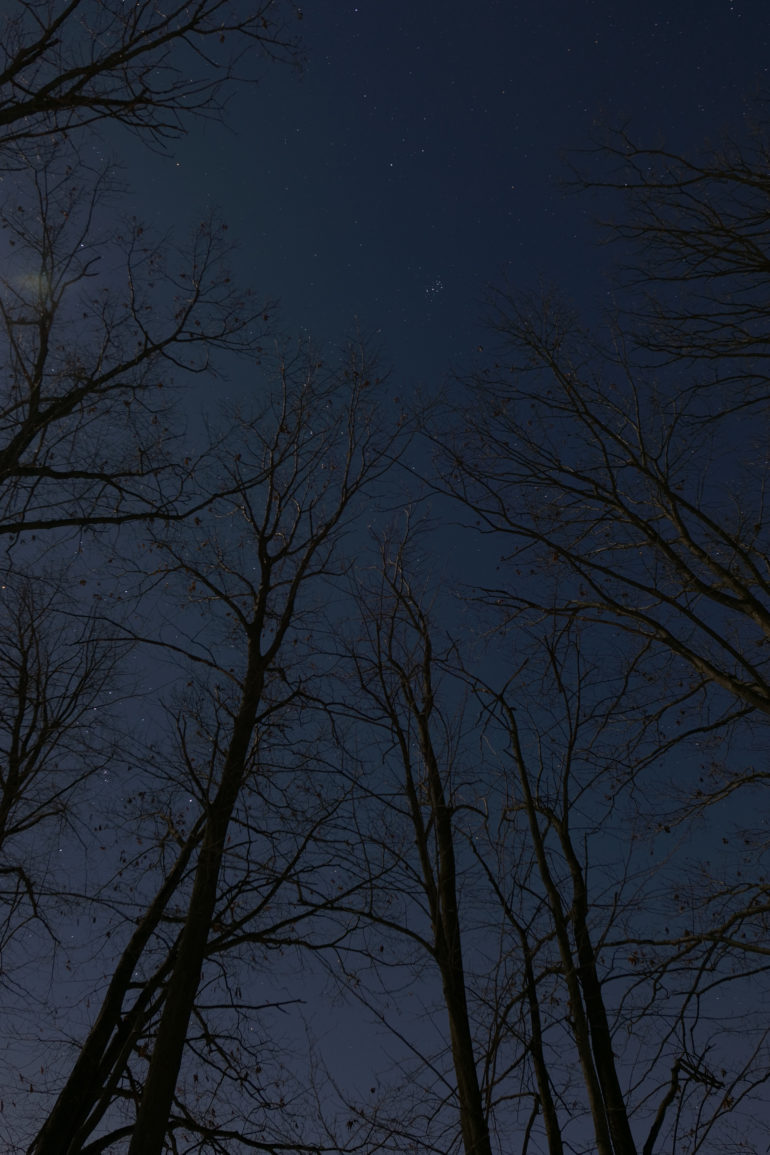
Conclusions
Likes
- The metal design feels great.
- I love the dedicated aperture ring.
- The lens reduces barrel distortion better than competitors.
- While f2 is soft, it also adds a bit more character.
- Flare and aberration is well controlled.
- It’s easy to learn and fun to use.
Dislikes
- I really wish the weather-sealing was throughout.
- There’s a lack of sharpness and more aberration at the edges and corners at f2.
- Wait, the Sony 24mm f2.8 is cheaper?
If the barrel distortion that comes from wide-angle lenses bothers you, then the Sigma 24mm f2 DG DN is an excellent choice. The lens does a bit better at reducing barrel distortion right out of the camera than the Sony 24mm f2.8 or the Tamron 24mm f2.8 Di III. That’s going to entice architectural photographers, as well as those wanting to photograph groups without making the people on the edges appear wider than they actually are. It also fares well when fighting flare. Plus, the metal lens barrel is beautiful.
But, if a lack of sharpness wide open bothers you, then the Sigma 24mm f2 isn’t the best choice. Wide-open, the lens has a bit of a dreamlike haze, which is great for character, but less so for pixel peeping. It sharpens up significantly by f2.8, while the edges are sharp at f4. Colored fringing can sometimes be an issue at f2, but at narrower apertures is tough to find. I also really wish the lens were weather-sealed throughout, instead of just at the mount.
The Sigma 24mm f2.8 DG DN retails for $639, for both E-mount and L-Mount. The Sony FE 24mm f2.8 G sells for $598, also has a metal build, and is fully weather-sealed. But, it does have more significant barrel distortion. The plastic but weather-resistant Tamron 24mm f2.8 Di III OSD sells for $249. On L-Mount, 24mm is harder to find, as evidenced by the steeper $879 of the Panasonic Lumix S 24mm f1.8. The Panasonic lens also isn’t metal, but it is weather-sealed.

Plenty of photographers will love the Sigma 24mm f2 DG DN. But, it’s a push-pull between whether minimal barrel distortion or sharpness is more important, and whether a metal build or weather-sealed plastic is better. I’m giving this lens four out of five stars. Want one? Rent it from LensRentals or pick one up from Amazon or Adorama.


